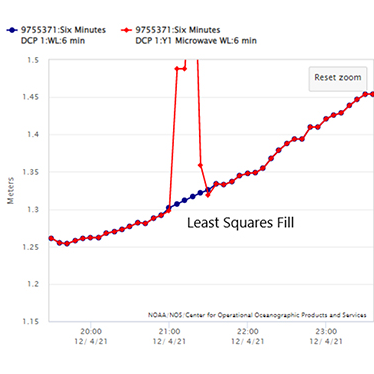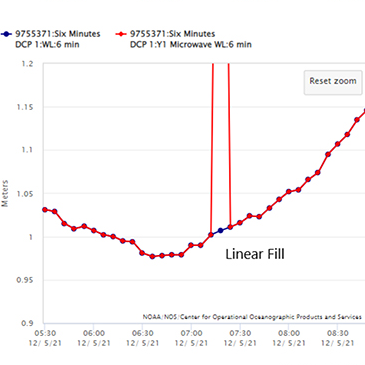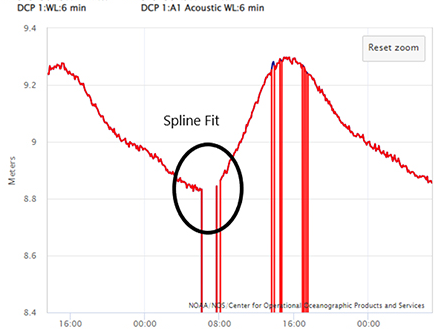When it comes to ocean and coastal monitoring, data quality matters just as much as data quantity. The best QC (Quality Control) policy is to keep your data unless there is the reason to delete it. Even data seems bad at first glance might still contain valuable environmental information. Deleting it too early can mean losing insight that explain real coastal or meteorological events.
Step to Cehck Tide Data Quality
- Compare it to data from a backup sensor
If the station has a redundant or secondary sensor, compare the readings. Consistent differences may reveal callibration drift, fouling, or partial blockage. - Compare it to data from a nearby station
Data from a nearby tide station under similar environmental conditions can be used for validation. If the records show large deviations, it could signal local interference or instrument malfunction. - Compare it to environmental records
Review meteorological data such as wind speed, air pressure, and rainfall. Sudden or extreme changes in water level might actually be valid responses to weather events. - Compare it with Tidal Predictions
Predicted tides, calculated from the gravitaional forces of the sun and moon, provide a stable reference. If observed values consistently deviate from prediction, check for potential sensor damage, clock drift, or non-tidal effects like storm surge or river inflow. Want to learn how to generate tide predictions? Check out our website course here
Next, how to learn Fill the Gaps data?
Even the most reliable sensors can experience data gaps due to power interruptions, communication failures, or maintenance downtime. Interpolation techniques allow you to estimate missing values to maintain smooth, continuous time series data.
- Linear Interpolation
A straight line connects the last valid data point before the gap and the first valid point after it. This method is simple fast and ideal for short gaps or steady water level trends. - Least Square Fit
A statistical approach that fits a straight line through several points surrounding the gap, minimizing the sum of squared errors. This method works well for noisy or slightly unstable data, offering more reliability than simple linear interpolation. - Spline Fit
A smooth, curved line made of several polynomial segments that span surrounding data points. This approach preserves the natural rise and fall of tides, making it the preferred choice for most tidal time series.
#TideData #OceanMonitoring #DataQuality #QualityControl #WaterLevel #Interpolation #Metocean #CoastalEngineering #DataAnalysis #EnvironmentalData



